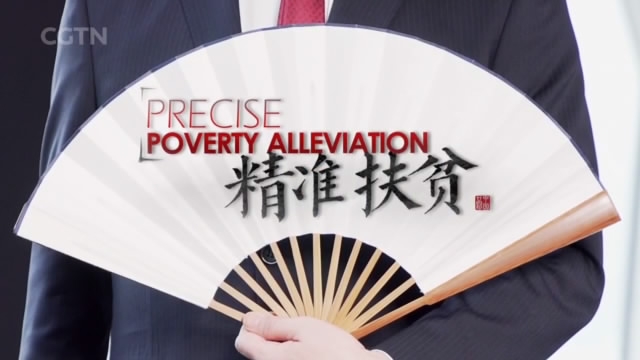
20:51, 29-Oct-2017
Chinese Terminology: Precise Poverty Alleviation

President Xi Jinping put forward the term "Precise Poverty Alleviation" in 2013 as a way of describing China's efforts in eradicating poverty. CGTN anchor Jeff Moody explains this term for today's episode of our special series "Chinese Terminology".
JEFF MOODY BEIJING China plans to eradicate poverty by 2020. In 2013, President Xi Jinping urged governments at all levels to promote its precise poverty alleviation program. China used to rely on sampling surveys to determine which villages or even counties could be legitimately considered "impoverished" and concentrated their efforts accordingly. When poverty was widespread and the income gap was small, such a "one size fits all" approach worked very well. But with economic growth slowing down and income gaps widening, many of the country's poor have been struggling badly, and targeted efforts are needed to address the issue.
China is now conducting a precise poverty relief program, whereby the government has compiled a national database to better analyze the number of people living in poverty. In this way, more meaningful projects can be arranged, money for poverty alleviation reallocated more effectively and accomplishments clearly seen. The government is also motivating businesses, individuals, NGOs and even the military to carry out relief plans. Wealthier provinces are being designated one or several less-developed provinces for special guidance and assistance.

SITEMAP
Copyright © 2018 CGTN. Beijing ICP prepared NO.16065310-3
Copyright © 2018 CGTN. Beijing ICP prepared NO.16065310-3